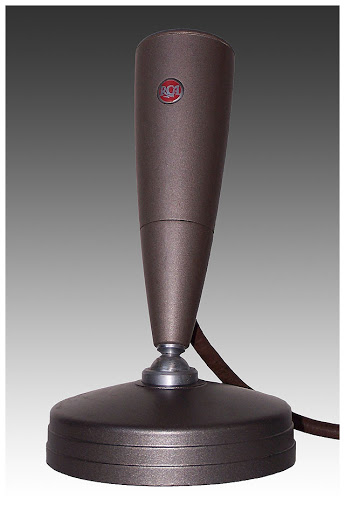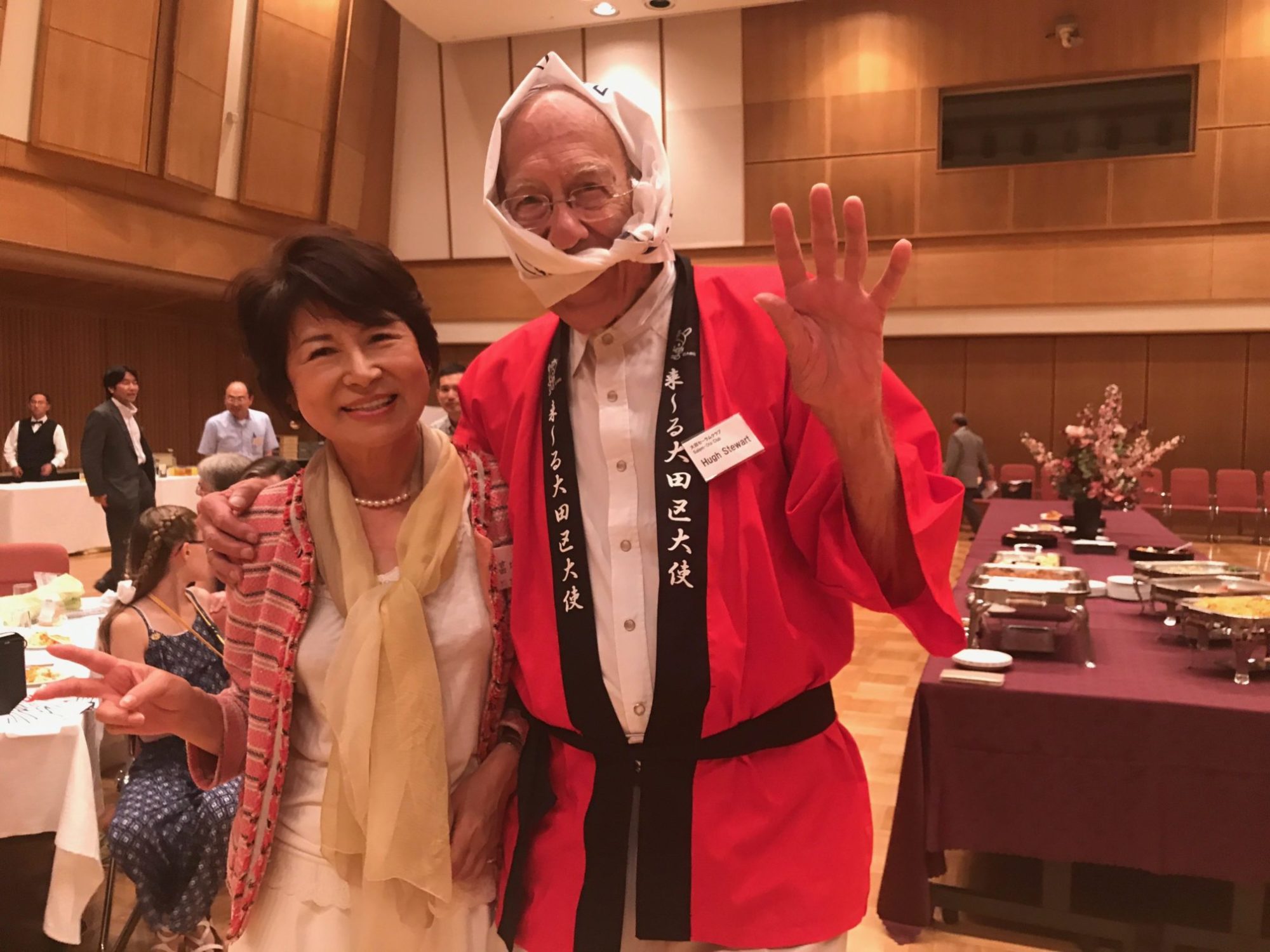b 1908 – d 1979
M Iris Celestia (Tower) Stewart
Earl Stewart was born in Imperial, Nebraska. After high school, he attended Nebraska Wesleyan college, in Lincoln, NE, then transferred to the University of Nebraska to study electrical engineering. Radio was relatively new at the time.
He met Iris at Wesleyan, where she was a student. They married in June, 1933.
Earl got a job with Iowa State College in Ames, IA, as chief engineer. He did the regulatory process for approval of an antenna for the college radio station – WOI (now an NPR station in Des Moines), and managed the construction of the antenna. That work was his dissertation for a graduate degree. I remember (vaguely) visiting the antenna while an electrician climbed up to install a light bulb. And going with Dad as he helped broadcast a football game.
I was born one year and one day after their wedding. Grandad was the delivering doctor, and Dad said he forgot to file the birth certificate until months later. Which suggests the possibility of fudging the birth date. But Aunt Jean Marie said Mom arrived from her teaching job in western Nebraska just in time for the wedding so they did not have an opportunity to ‘play’ beforehand. Bobby was born in 1936.
In 1939, with a “Degree in Engineering” – today it would be called a Master’s – in hand, he got a job with Civil Service in Panama, and moved the family there. He worked at France Field, an US Army Air Corps base, maintaining radios in aircraft.
In 1940 he transferred to Alexandria, VA where he installed radio equipment in Washington National Airport – then under construction.
In 1941 he got a job with RCA in Indianapolis, IN, and again moved the family. The war started shortly after the move, and he did engineering work on military equipment. One project was a facsimile machine for Army use in sending orders. I don’t think it ever became a product, but after the war he did work on Dupllifax – RCA’s shot at the facsimile market. As I recall, it was a big machine standing on the floor, and used special paper. As with many RCA developments, it went no where.
A year after the war ended, in 1946 he was transferred to the RCA plant in Camden NJ where he became manager of broadcast audio equipment. One notable product was the ‘pilsner’ microphone, so named because it looked like a beer glass. It was the first microphone designed to look good on television.

During the war, Germany developed wire recording – same as tape recording but using iron wire. – plastic was not a big deal yet. RCA produced a wire recorder. Earl’s department began developing tape recorders for use in radio interviews, etc. Earl later published a book – “Magnetic Recording Techniques” that was the standard publication on the subject and sold all over the world.
In 1952 he changed jobs to become the chief engineer for Maico (Medical Acoustical Instrument Company) – leading maker of herring test equipment, in Minneapolis, MN. Under his leadership, the company created the first transistorized hearing aid – called the Transis-Ear, in 1953. It was, in fact, the first commercial product using transistors.
The company had a number of sideline projects, including some for the government: a small flare that could be dropped by the thousand over a recently nuclear bombed area; the flares would ignite if the land was radioactive, so paratroops could know where to avoid. They also provided advice for sound proofing the US embasy in Russia,, created an inexpensive tape recording head, and a gas consumption meter for cards.
In 195? he moved on to Standard Register Company in Dayton Ohio. The company did all kinds of mass printing, including green bar” computer paper. Its main line products were cash registers, and devices holding forms for writing receipts in stores. For a time, they printed the Ford Motor Company payroll checks.
In 195? the company gave Earl an early retirement. He moved to Carmel, CA where he had already bought a home. From college days, he had an interest in wood working. HE opened a shop in Carmel and was made custom items. One customer went to Italy every year and brought back antiques. The best pieces he gave to Earl to renovate. One was a clock with wood gears. Always interested in clocks, he made new gears fo this clock.
He designed a lovely house that he had built in Earp, California along the Colorado river separating California and New Mexico. Earp is a small unincorporated town that is in the Sonoran Desert. I think he wanted to retire there because it reminded him of the Nebraska prairie where he grew up. He had a big woo-working shop and continued custom work. The Italian collector in Carmel continued to send work to Earl in Earp.
Heart problems stopped him and he died in 1979 after a doctor was unable to perform bypass surgery. Stents had not yet been invented.
Iris then moved to Carson City, NV to be near Bob. She died in ??
